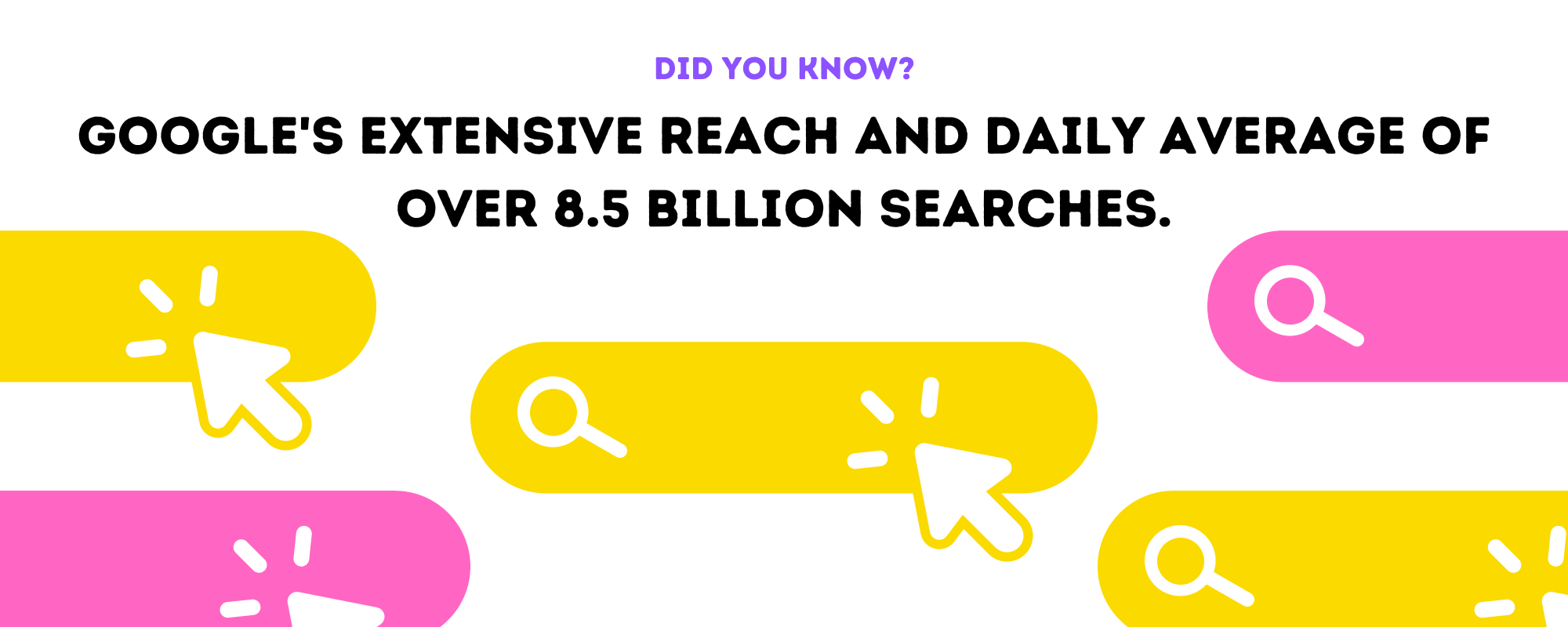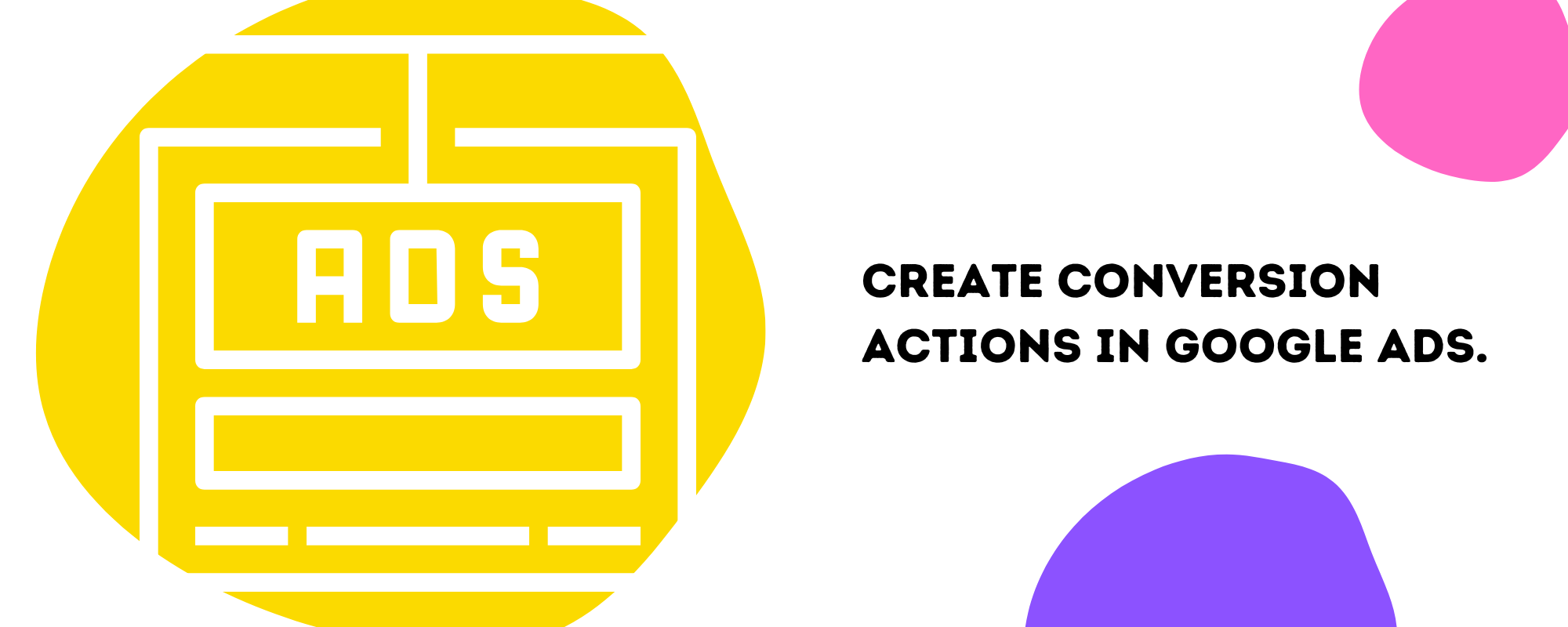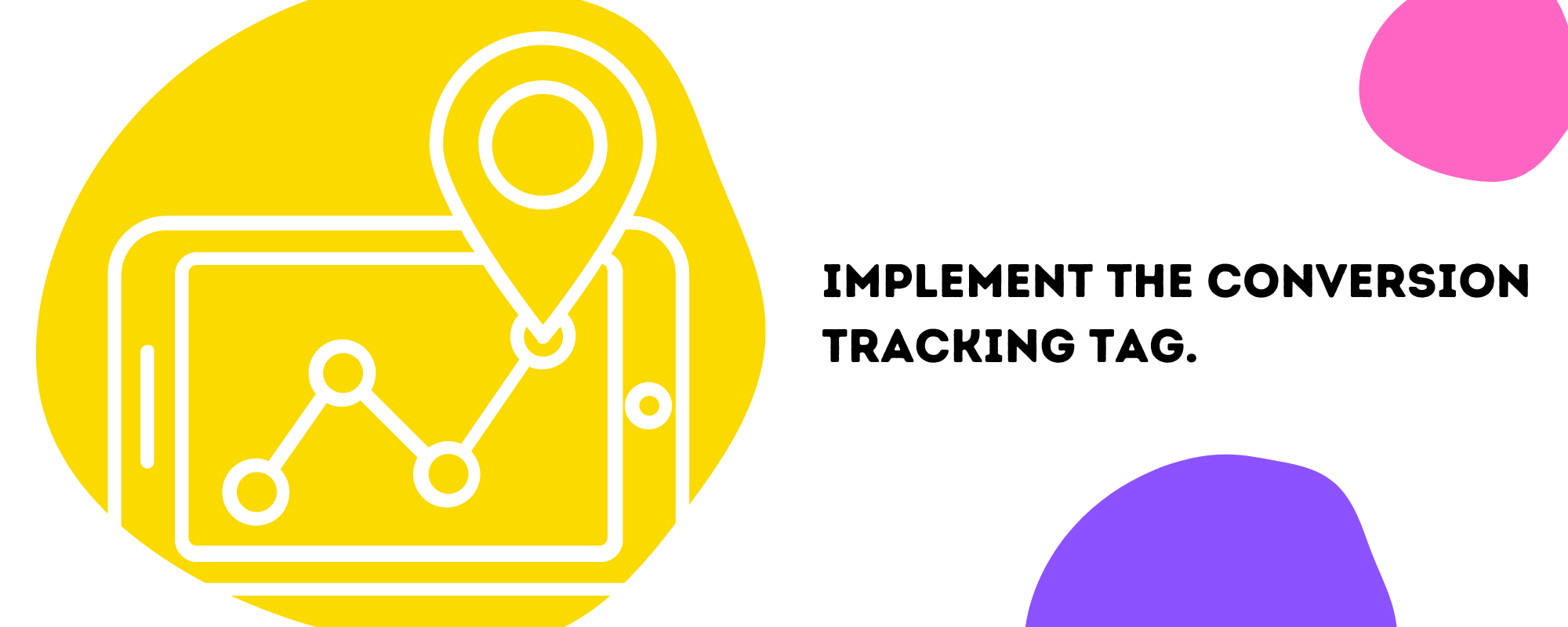Google Ads aren’t for free, but you can use them to increase conversions and expand your customer base.
You’ve probably seen (and most likely clicked on) a Google ad, and so have your potential consumers, given Google’s extensive reach and daily average of over 8.5 billion searches.
Google Ads conversion monitoring allows you to analyze your ad campaigns by analyzing user interactions on your website.
You can manage your resources more wisely if you compare this information to your budget. This is a fantastic approach to monitor your conversion targets.
Why is Conversion Tracking Critical?
Conversion tracking makes sure that marketers and ad networks are aware of the source of an install, a purchase, or practically any other kind of data points and helps in assessing the reliability of the source.
Additionally, it provides a clearer picture of the campaign’s performance for potential future optimization.
A. Understanding campaign performance
1. Tracking the number of conversions
With conversion tracking, you can keep a close eye on how many conversions your campaigns are generating. A conversion could be anything from a purchase to a sign-up or any other action that you consider valuable.
You get a clear idea of how successful your campaigns are in driving those desired actions. This data helps you measure the actual results you’re achieving and make informed decisions about your advertising strategies.
2. Evaluating conversion rates
Conversion rates give you insights into the percentage of users who take the desired action after engaging with your ads or visiting your website. It’s like a performance indicator that tells you how well your ads and landing pages are working.
If you have a low conversion rate, it might be a sign that you need to tweak your messaging or improve your targeting, or simply ditch that specific method or campaign.
On the other hand, a high conversion rate indicates that your campaigns are resonating well with your audience.
B. Optimizing ad spend
1. Identifying high-performing keywords and ads
With conversion tracking, you can pinpoint the keywords and ads that are performing exceptionally well in generating those valuable actions you desire, like purchases or sign-ups.
Armed with this insight, you can then optimize your campaigns by focusing more on those high-performing keywords and creating similar ads to amplify your success.
This way, you’re putting your budget where it really counts and increasing the chances of driving even more conversions.
2. Allocating budget to top-converting campaigns
Conversion tracking also helps you determine the campaigns knocking it out of the park in terms of conversions. You can identify the campaigns delivering the highest number of valuable actions and providing a solid return on your investment.
You can also make smart decisions about budget allocation. Instead of spreading your budget thin across all campaigns, you can prioritize and allocate more resources to those top-converting campaigns.
It’s putting your money where it has the best chance of making an impact.
C. Refining targeting and audience segmentation
1. Analyzing conversion data to refine targeting parameters
Conversion tracking gives you data that can help you fine-tune your targeting parameters. You can uncover valuable insights about which audience segments are more likely to convert.
You can also look for patterns in demographics, interests, or behaviors that align with higher conversion rates.
You can make informed decisions about adjusting your targeting settings. You can narrow down your audience to those who are most likely to convert, saving you from wasting your budget on people who may not be interested.
It’s all about finding that sweet spot and making sure your ads are reaching the right eyes.
2. Tailoring ads to specific customer segments
Conversion tracking also allows you to personalize your ads and speak directly to different customer segments. You uncover fascinating insights into the preferences and behaviors of different segments. It’s like having a one-on-one conversation with your audience, showing them exactly what they’re looking for.
Whether it’s tweaking the messaging, highlighting specific features, or presenting a customized offer, you can craft ads that resonate deeply with each segment.
This personal touch can make a huge difference in capturing their attention, boosting engagement, and ultimately driving more conversions.
Setting Up Conversion Tracking for Better Campaigns
Select to track a particular quantity and a few different kinds of conversions depending on what is most important to your campaign. Even while you are not required to monitor every conversion target you can choose, it is generally a good idea to gather relevant information. Here’s how.
1. Define conversions.
Conversions are those specific actions that you consider a win for your business. It could be a purchase, filling out a form, sign ups for your newsletter, downloads to free guides, and so on.
When you clearly identify what you want people to do, you can track and measure how successful your campaigns are in driving those desired actions.
Conversions also go beyond counting actions. The value they bring to your business can be measured in various ways.
For e-commerce, it might be revenue generated from purchases, while lead generation focuses on lead quality.
Assigning value to conversions helps prioritize impactful actions and make informed decisions. It’s about understanding the true worth of each conversion and driving business success.
2. Create conversion actions in Google Ads.
To create conversion actions in Google Ads, you’ll first need to head over to the Conversion section within your Google Ads account. Once you’re there, you’ll notice a blue “+” button calling your attention. Go ahead and give it a click to start creating a new conversion action.
Now, it’s time to choose the right conversion action type that suits your goals. Google Ads offers a range of options like website conversions, app conversions, or phone call conversions. Pick the one that aligns best with the action you want to track. This way, you can track the actions that truly matter to your business.
After selecting the conversion action type, it’s time to define the conversion settings. Give your conversion action a name that makes it easy for you to recognize later on.
Think of a descriptive name that accurately represents the action you’re tracking. Next, you’ll want to specify the conversion value.
This can be a fixed value that you determine or a dynamic value pulled directly from your website or app. You can measure the actual value each conversion brings to your business.
You also have the option to set the conversion count. This determines how conversions are counted. You can choose to count only one conversion per user or count multiple conversions per click. This gives you flexibility depending on your conversion tracking needs.
After you’ve filled in all the necessary information and reviewed your settings, it’s time to hit that “Create and Continue” button. Voila! You’ve successfully created your conversion action in Google Ads.
Keep in mind that for some conversion types, you may need to follow additional steps. For example, you might need to add tracking code to your website or configure conversion events in your app. These steps ensure that Google Ads accurately tracks and attributes the conversions to your campaigns.
3. Implement the conversion tracking tag.
To implement the conversion tracking tag in Google Ads, you have a couple of options to choose from: JavaScript or Google Tag Manager.
If you’re comfortable working with HTML code, JavaScript is a straightforward choice. Otherwise, Google Tag Manager offers a centralized approach. Once you’ve decided, it’s time to add the tag to your website or app.
For JavaScript, you’ll insert the provided conversion tracking code into the relevant pages. This is usually the page where the conversion action occurs, like a thank you page after a purchase.
If you prefer using Google Tag Manager, create a new tag and configure it with the conversion tracking code. You can then set triggers to determine when the tag should fire, based on specific page URLs or events.
After implementing the tag, it’s essential to test and ensure it’s working correctly. You can use tools like Google Ads Tag Assistant or browser developer tools to verify if the tag is recording conversions as expected. Testing helps ensure accurate tracking and data collection.
4. Test and verify the conversion tracking.
Once you’ve implemented the conversion tracking tag, you want to ensure that the tracking tag is firing as intended and that the reported conversions in your Google Ads account are accurate.
You can use tools like the Google Ads Tag Assistant or browser developer tools to check if the tag is being triggered when a conversion action occurs. Simply visit the pages where conversions are expected to happen, such as the thank you or order confirmation page, and see if the tracking tag is firing without any errors. This step helps you ensure that the tag is functioning as intended and capturing the necessary conversion data.
After confirming the firing of the tracking tag, the next step is to check the accuracy of the reported conversions in your Google Ads account. You can do this by comparing the number of conversions recorded in Google Ads with the actual conversions you’ve received or observed on your website or app.
Validate its accuracy when you perform additional checks. For instance, you can create test conversion scenarios by completing a test conversion on your website or app and checking if it’s accurately recorded in Google Ads.
Cross-referencing the conversion data with other analytics tools or backend systems can help ensure consistency and accuracy.
5. Use conversion data to optimize campaigns.
Take a close look at metrics like the number of conversions, conversion rates, and cost per conversion. These metrics provide valuable insights into how well your campaigns are driving the desired actions.
The campaigns, ad groups, keywords, and ads that are generating the most conversions and have the highest conversion rates can pinpoint areas of success and focus on optimizing them further.
On the other hand, identify underperforming keywords that are not generating conversions and either refine them or consider pausing them to reallocate budget to more successful areas.
Conclusion
Setting up conversion tracking on Google Ads is a vital component of any paid campaign. Remember to improve and iterate as you go as you get started, and use the strategies to help.
Some campaigns may require more effort, but with the right approach and information, all Google Ads campaigns can be successful. You can maximize the effectiveness of your Google Ads campaign with the algorithms and machine learning capabilities of automated bidding.
Automated bidding strategies are also powerful tools that can help optimize your campaign and generate clicks and leads.
Whether it’s refining keyword bids, testing new ad creatives, or adjusting targeting parameters, conversion tracking provides the insights you need to make informed optimizations based on real-time performance data.







